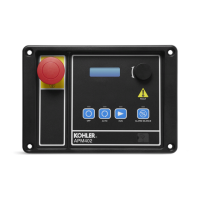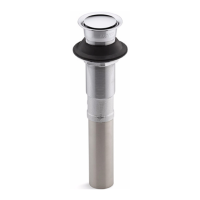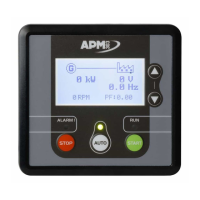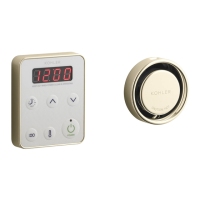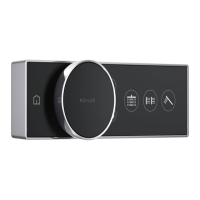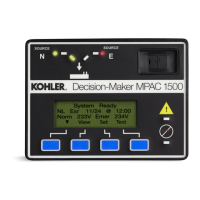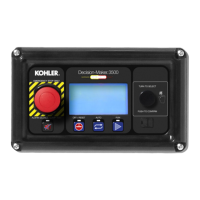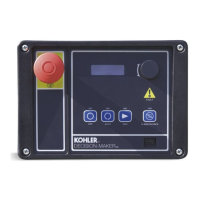6 — COMMISSIONING
pg. 193
Return to TOC Curtis AC F2-A, F4-A, F6-A Motor Controllers – FOS 4.5 – April 2022
Lift Command Switch
1. Set the Li Input Type to either Normally Open (NO) or Normally Closed (NC).
2. Assign the switch (input) number for the Li Input Source parameter.
Controller Setup » IO Assignments » Controls » Lift Input Type & Lift Input Source
In Programmer, notice that with the li-switch asserted, the Switch 10 status is On and the Li Input,
Mapped Li rottle, and Li Command monitor variables are 100%. e hydraulic pump motor
will be fully on.
Application Setup » Hydraulics » Lift Settings
Lower Command Switch
3. Set the Lower Input Type to either Normally Open (NO) or Normally Closed (NC).
4. Assign the switch (input) number for the Lower Input Source parameter.
For the example in Figure 13, the Lower is on Input 11 (pin11) as an NO switch input.
Controller Setup » IO Assignments » Controls » Lower Input Type & Lower Input Source.
5. Using the CIT Programmer app’s List View ( ), assign the Lower_Driver parameter (CAN Index
0x4FCC 0x00) to the driver operating the hydraulic lowering valve (for example, Driver 3). is
will be the driver for the lowering valve.
In Programmer, notice that with the lower-switch asserted, the switch status is On and the Lower
Input, Mapped Lower rottle, and Lower Command monitor variables are 100%. e lower-
valve (Driver 3) will be fully On (note that if the Li Command was previously On [100%], it is
now O [0%]). e lower command takes precedence over the li command.
Application Setup » Hydraulics » Lower Settings
To prevent an accidental turn-on of the hydraulic system and peripherals at startup/key-cycle,
adjust the parameters Pump Interlock Source, Hydraulics_Inhibit_Type, and Sequencing Delay to
match the application.
6. To specify that the Li and Lower commands are only by switches, ensure that parameter
Pump Interlock Source = 0
Note the default value is for switch inputs; hence, this parameter was not set in the above steps.
Pump Interlock Source (0x4FDA 0x00).
7. Set the Hydraulics_Inhibit_Type (0x3702 0x00) to match the application. is parameter is in
the CIT Programmer “at list”. e options are,
0 = Diagnostics are disabled.
1 = Li Only. e li throttle is stuck high (> 25%) at startup.
2 = Lower Only. e lower throttle is stuck high (> 25%) at startup.
3 = Both. e Li or the Lower throttles are stuck high (> 25%) at start up.
e hydraulics inhibit fault diagnostics can detect a stuck-high hydraulic throttle condition (>25%)
at startup. For the switch inputs, this occurs when the switch is asserted (i.e., 100%). e diagnostics
are congurable (as above) to detect either the li throttle chain, lower throttle chain or both. e
diagnostics begin execution aer a congurable delay set by the Sequencing Delay aer a KSI turn-on
(cycle). e diagnostics stop execution aer a period of 64msec. is startup delay is for allowing
momentary KSI disruptions or quick KSI cycling. Prior to the inhibit fault diagnostic, the controller
processes the Sequencing Delay parameter.
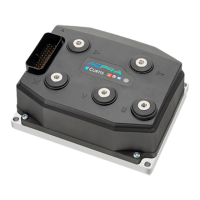
